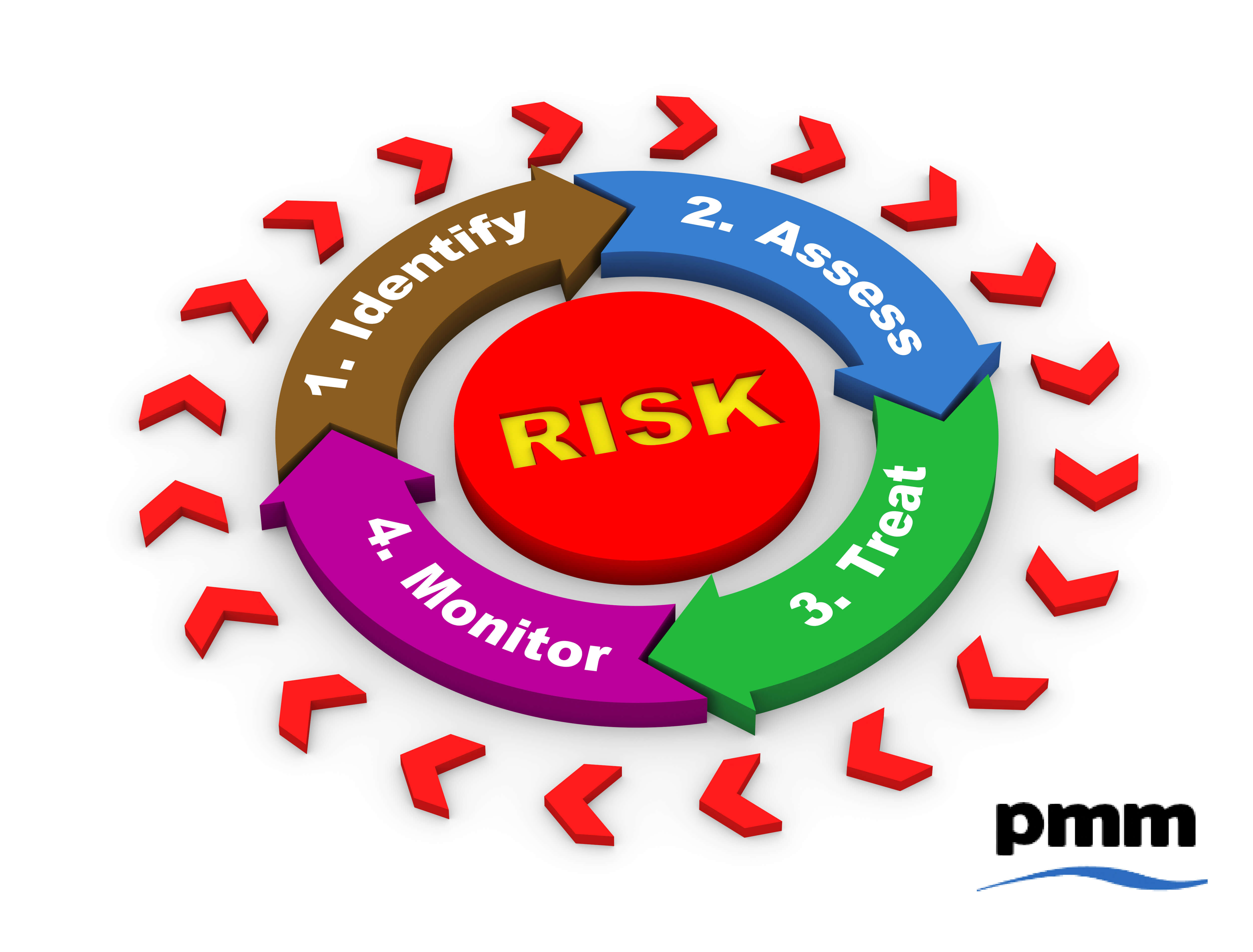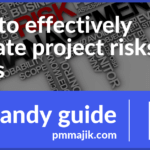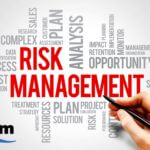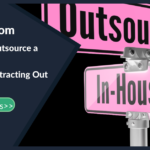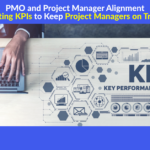PMO Risk Identification
If you was to ask project managers or PMO practitioners what are the common causes for project failures you would probably get responses such as “scope creep”, “incorrect estimates”, “late delivery of functionality” and many more. What these and the other causes will have in common is that they are all issues that have impacted the project. However, it is important to recognise that all of the issues would have come from a risk.
Given the impact that risks can have on a project, it is understandable why most seasoned project managers are passionate about managing risks. The logic is simple, if you can identify and actively manage the risks, this reduces the probability that they will become issues that impact the project. This means that the identification and management of risks is a very good use of the project managers and PMO’s time. Unfortunately, not all sponsors, stakeholders or even project managers understand this.
I have met project managers who enjoy nothing more than being in the middle of complex issues, acting as Red Adair putting out fires. Part of this is that they think this is how a project manager should spend their time. I also think it is because they like the praise they get when they solve the problem.
I have a different perspective on this. If a project manager is not managing their risks and letting them become issues or, even worse, have no visibility of risks and the first they know is when the issue has happened, instead of praise management should be asking them why they let it happen. Yes there will always be issues. However, being prepared and managing the communication to stakeholders demonstrates the project manager is in control and will normally result in the issue having less impact.
The problem
Unfortunately many project teams do not take the time to identify and actively manage risks on an ongoing basis. This is due to no independent oversight to make sure that risk management is taking place and / or a lack of understanding on how to set about the identification of risks.
The solution
The PMO can take an active roll in helping the management of risks by:
- Defining tools and processes for Risk management
- Providing oversight that risks are being identified and managed
- Educating sponsors, stakeholders and project teams in risk management
You can find out more information on risks tools and templates in the post PMO Tools – Risk, Assumption, Issue, Dependency Management.
The following ideas can be used by the PMO to help educate on how risks can be identified.
Planning Assumptions
If a business case and plan has been produced by the project team, it is likely that they will have had to make assumptions ahead of detailed analysis. These assumptions will present varying degrees of risk to the project. Therefore, each planning assumption should be reviewed and assessed for level of risk.
Risk Workshop
A great way to generate a list of potential risks is by running a risk workshop for the project team. It is also sensible to invite any other participants who have knowledge in the area of the project and will have insight to potential risks. If somebody has managed a similar project, ask them to join. You should also take information that will help i.e. the planning assumptions.
During the session ensure everyone contributes their thoughts on potential risks. Ensure each one is written on the white board / flip chart for every one to see. It is common while participants review the list that they then think of other risks.
As the meeting progresses, explore, consolidate and develop the risks to reach consensus on impact and possible mitigation’s.
Sponsor / Stakeholders
You may not be able to get sponsors / stakeholders to attend the risk workshop. Therefore, make sure you set aside time to meet with them to get their input on risks. It is a good idea to do this after you have run the risk workshop so you can show what has been captured so far. This will help the discussion and demonstrate the work you have done.
Previous Projects
If your organisation has executed similar projects and / or an employee has completed a similar project at another organisation, spending time with them to understand what risks / issues impacted the delivery is very valuable. This will be based on a real life situation so a higher chance of repeat. Knowing this up front could result in saving a lot of time.
Tracking
The outputs of these different sessions should be captured into the recognised risk template. Then, most importantly, the project manager must review the risks on a regular basis with the team, taking action to mitigate so as to protect the delivery of the project.
In summary
Actively identifying and managing risks is critical to minimise the impact on the delivery of a project. The PMO can add value by providing tools / templates, education, support and ensuring that all projects are managing their risks.
